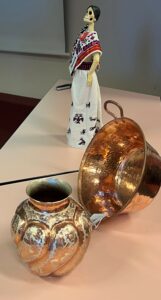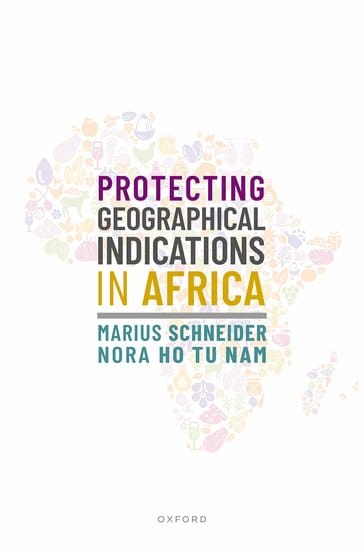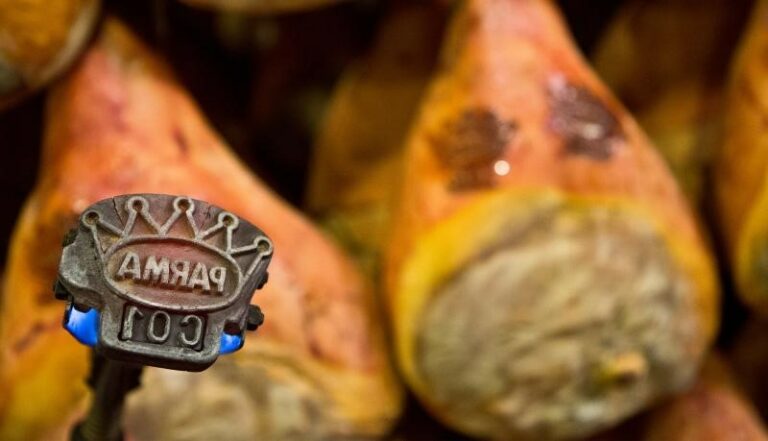 The ethnic, climatic, and cultural diversity of Mexico makes it a fertile territory for enjoying unique and original products, whether agro-industrial or artisanal, both with a distinctive character and recognized reputation around the world. The result of the fusion between native Mexican culture and Novohispanic techniques remains present in various productive activities throughout the national territory, as seen in the state of Michoacán, located in the west of the country. From the craftsmanship of potters and ceramists to the construction of guitars and the intricate hammered copper technique, Michoacán stands as a leading state in artisanal and quality production, surpassing others such as Chiapas and Oaxaca, for example.
The ethnic, climatic, and cultural diversity of Mexico makes it a fertile territory for enjoying unique and original products, whether agro-industrial or artisanal, both with a distinctive character and recognized reputation around the world. The result of the fusion between native Mexican culture and Novohispanic techniques remains present in various productive activities throughout the national territory, as seen in the state of Michoacán, located in the west of the country. From the craftsmanship of potters and ceramists to the construction of guitars and the intricate hammered copper technique, Michoacán stands as a leading state in artisanal and quality production, surpassing others such as Chiapas and Oaxaca, for example.
The artisans in Michoacán are organized in 16 branches of artisanal production and 7 established artisanal regions, all recognizing the vital role the artisanal sector plays in their economic impact. This success is a result of the excellence and renown achieved by artisans in their specific domains. Motivated by these factors and inspired by success stories, particularly from European products where the attributes and competitive advantages associated with geographical origin are acknowledged, Michoacán has opted for a strategy of protecting and commercializing artisanal products through GIs. This strategic move is opportune for two key reasons: firstly, due to the interest of the regional governor, Alfredo Ramírez Bedolla, in promoting local producers internationally through GIs, and secondly, the opportunity to get protection at the international level offered by the WIPO Geneva Act covering handicraft and industrial GIs.
In Michoacán, there is the potential for over 40 GIs, specifically related to handicraft products. However, both the artisanal sector and the State Government recognize that products deserving of Geographical Indication (GI) status must undergo maturation and meet a certain level of production and quality standards to compete internationally. This understanding has prompted the development of a strategic plan for gradual growth. Currently, the process of obtaining GI protection is underway for:
- “Catrinas de Barro de Capula” (clay handicrafts), which are sculptures of skeletons characterized in different roles of Mexican society but particularly contribute to highlighting the Day of the Dead celebration (UNESCO Cultural Heritage headquartered in Michoacán). These pieces are highly sought after as decorative and collectible items in many cases.
- “Cobre Martillado de Santa Clara del Cobre” (hammered copper), which is a copper metallurgy technique that still preserves the most artisanal method of production, allowing artisans to create utilitarian and decorative objects from this metal.
With the aim of fostering the development of artisanal production and, once regulations and certifications for other products are established, continuing to seek international recognition of GIs, the Instituto del Artesano Michoacano (Michoacan Crafts Institute) has decided to join oriGIn. This will allow us to leverage the invaluable support and extensive experience and knowledge of the international network of partners and producers committed to GIs.
More information on the “Instituto del Artesano Michoacano” is available here http://iam.gob.mx/


